The present building dates from 1822 when it replaced an ancient building with Saxon arches and Norman work that was in dire need of expensive renovation. The outer walls follow the plan of the mediaeval church with old burial vaults lying beneath the present floor; retained memorials from the previous church can be found on the walls. The architect, Charles Hollis, designed the building with cast iron columns and ribs that support a 84’ X 60’ roof. It was consecrated by the Bishop of Salisbury on 22nd June, 1822. Along the South Wall you can find a painting of the earlier church, photographs of the church plate and some past and more recent information about the church. The eight bells, were transferred from the old building; they are, by ancient command, rung for royal occasions at the Sovereign’s expense.*
The Last Supper – a national treasure painted by Franz de Cleyn (1588-1658), court painter to James I. Previously hung in the St. George’s, Windsor, it was given to the Parish Church by George III. Before the Apse was added, the painting hung over the Altar where the screen is now. For the best view, stand at the end of the central aisle and look up towards the west door.*
Royal Pew The two ‘thrones’ were a gift of Princess Augusta (daughter of George III) who regularly worshipped in the Parish Church. The pew is fronted by wooden panels carved by Grinling Gibbons (1648-1720), each showing a pelican feeding its young. (Look for the peapod – Gibbons signature) Formally, these were part of the altar rail in St George’s, Windsor.*
Mayor’s Pew Midway down the Centre Aisle are wide pews reserved for Aldermen and Councillors, while the Mayor’s pew bears the Royal Arms of the Borough of Windsor and a cushion for the mayoral mace.*
Chancel and Apse was added in 1870 by Samuel S Teulon. The stained glass windows illustrate Jesus words in Matthew’s Gospel. (Matthew 25 v35-40) . The mosaics are by Antonio Salviati (1816-90) and depict the instruments of the Passion, and below, several angelic musicians with other symbols. The Chancel Screen was added in 1898 as a thank offering for the 60 years reign of Queen Victoria.*
*More information can be found on the Church Welcome Leaflet, the source of the quotes above.
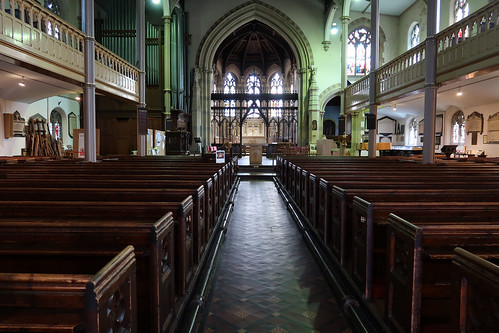



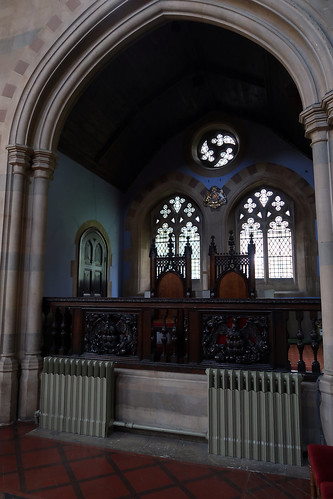
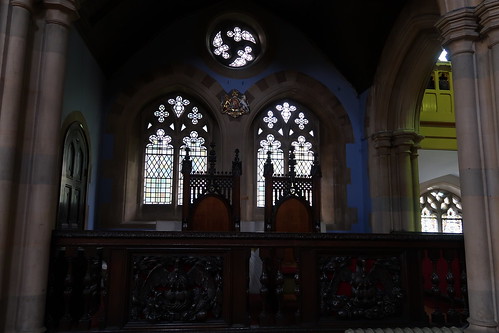

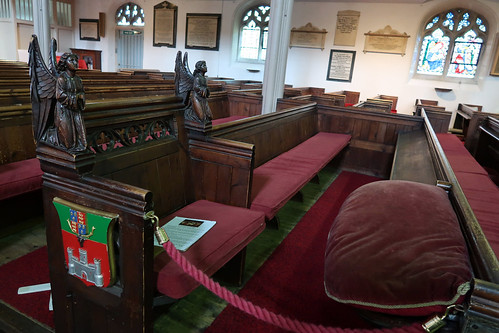





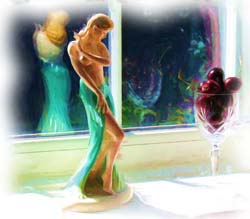

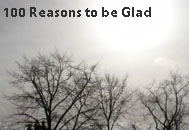
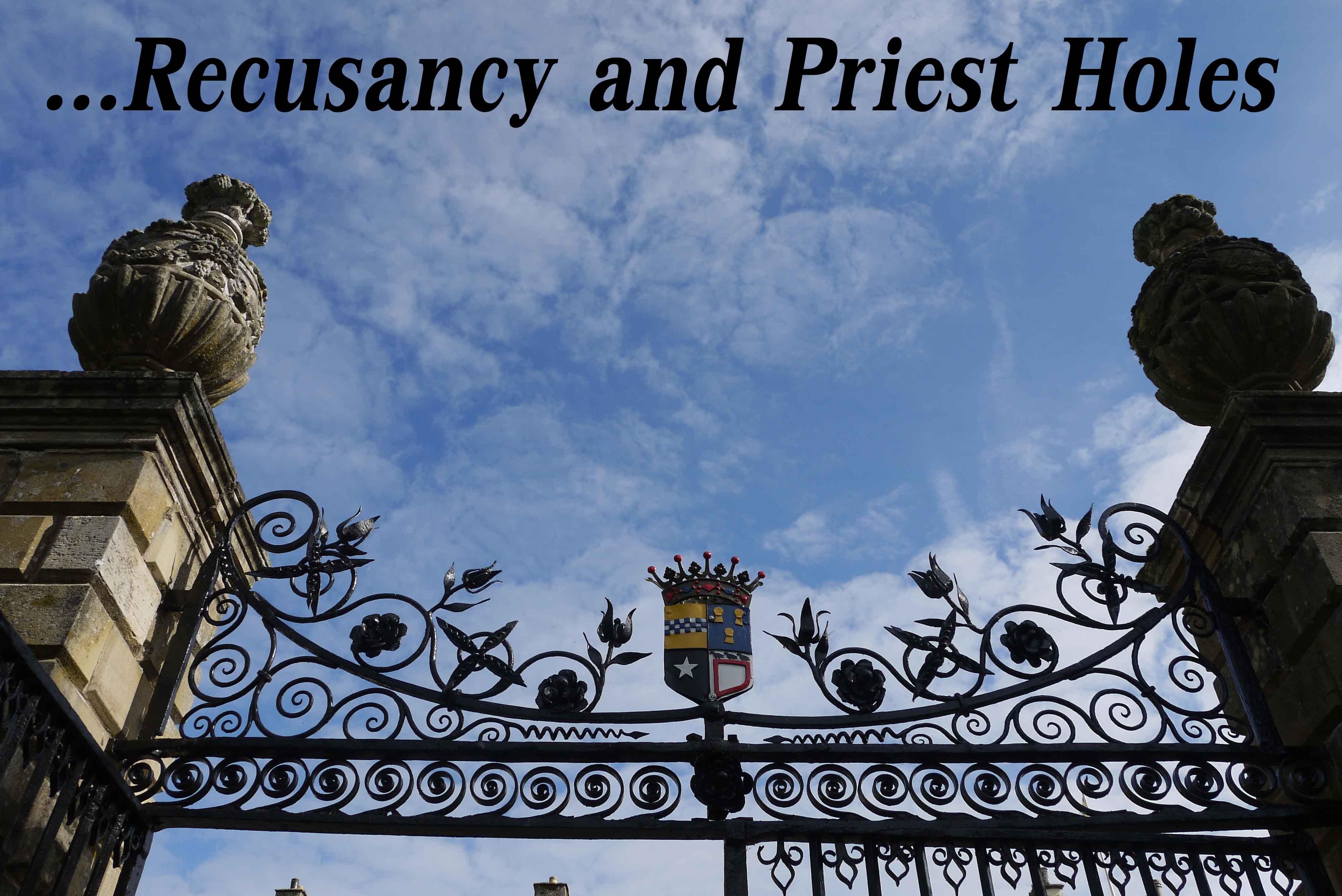
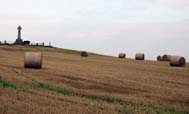
It looks a grand Church, but I regret the earlier building on the site, Cherie
So do I, it would be lovely to see at least some ruins of the original.
Lovely to see your photographs.
The painting and the stained glass are beautiful.
Happy August wishes.
All the best Jan
https://thelowcarbdiabetic.blogspot.com/
Thank you
What a treasure to have The Last Supper painting there to view.
It is indeed a treasure. I am so glad I was able to see it.
i am mesmerized by the stunning beauty of this building !
loved the stained glass most though everything is magnificent .what a long and exquisite history ,thanks for sharing
blessings
I loved this church and was so happy I had plenty of time to explore all its details
good shots and an excellent post, CP. i like this church and you have given a good flavour of this. i particularly liked the coat of arms on the pews.
This was a lovely church to visit.